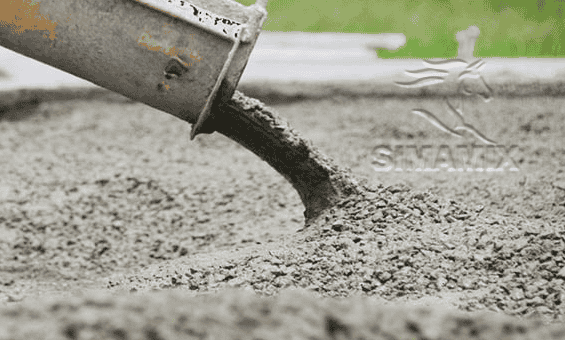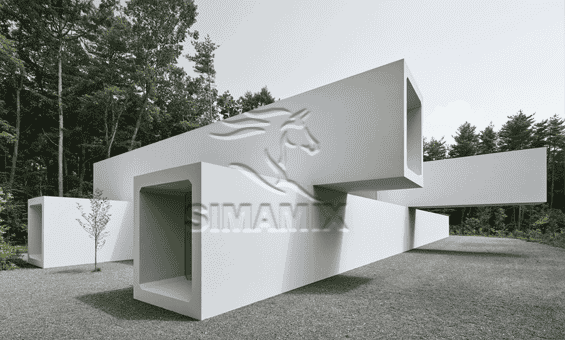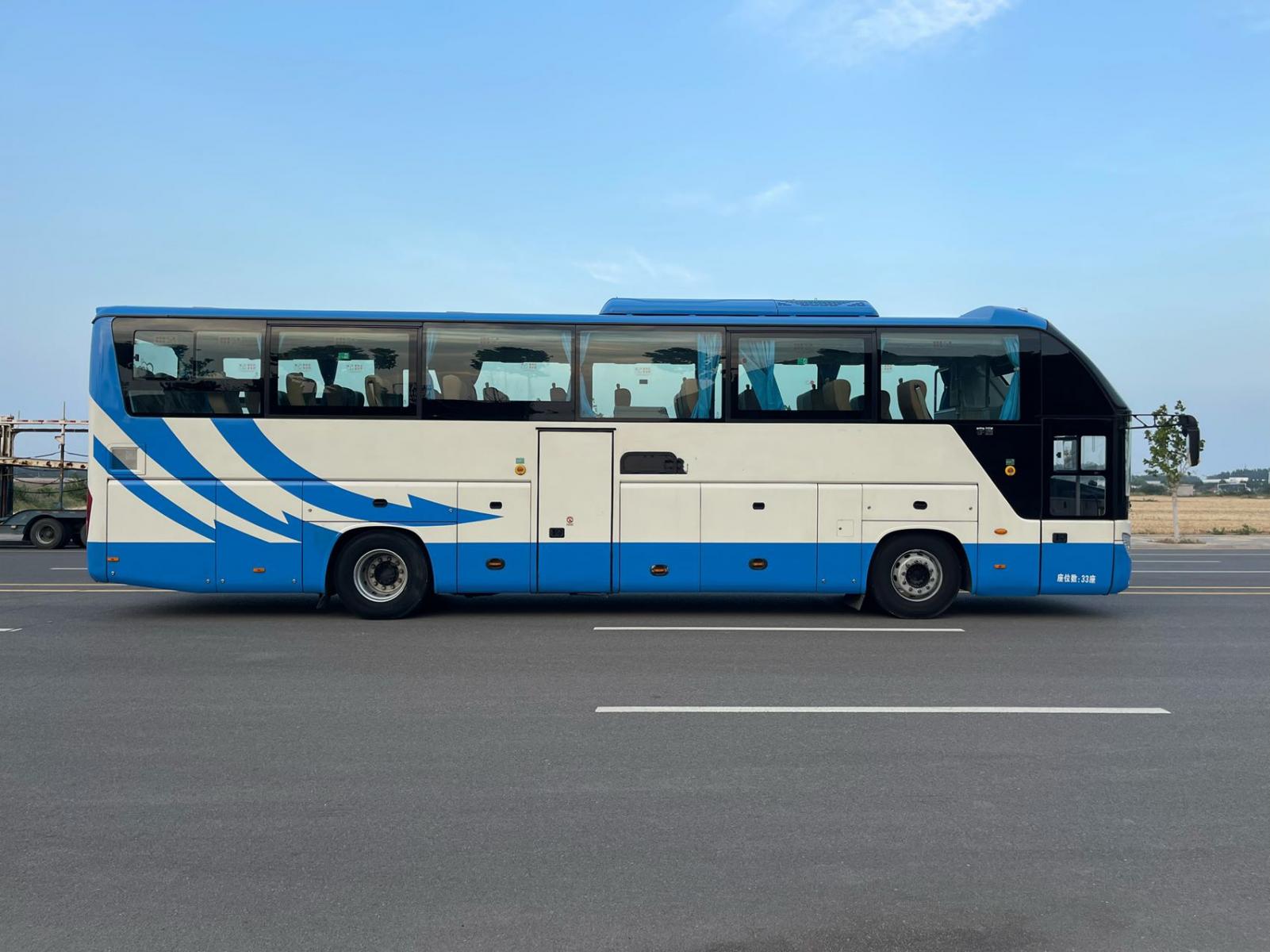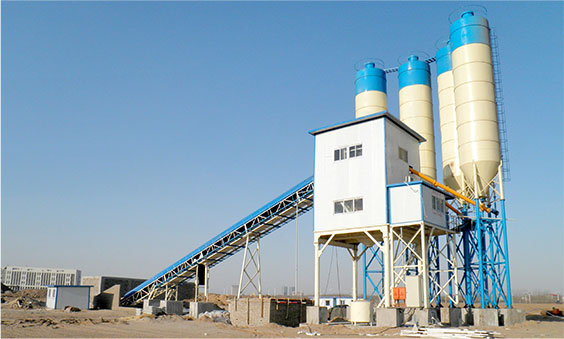
CASE STUDY: PRECAST CONCRETE IN MODERN CONSTRUCTION
In today's rapidly evolving technological landscape, the construction industry stands at the forefront of innovation. The integration of technology has revolutionized construction practices, yielding remarkable advancements. One such groundbreaking innovation is precast concrete – a construction material crafted through casting in reusable molds, followed by controlled curing and subsequent transportation to the construction site for precise placement.
Embracing Technology in Construction
The construction industry has harnessed the power of technology to achieve unprecedented progress. Innovations have given rise to remarkable developments in construction, particularly after the industrial revolution. Notably, the advent of reinforced concrete marked a significant leap forward. In the wake of World War II, prefabrication emerged as a response to address the housing vacuum created by widespread destruction. Factors like rapid urbanization, migration, conflicts, and natural disasters emphasized the need for cost-effective, resilient, and swift construction solutions.
Versatile Applications of Precast Concrete
In the modern landscape of construction, precast concrete plays a pivotal role in erecting building superstructures and frames. Its adaptability in shape, texture, and color renders it a preferred choice for architectural cladding, mimicking the appearance of premium materials like limestone, granite, or stone. Notably, the most remarkable attribute of precast concrete is its dual functionality as both a structural and architectural element, culminating in holistic precast buildings.
A Complex Decision: Precast vs. Cast-in-Place
Even for seasoned contractors, designers, and planners, embarking on a large-scale construction project is a multifaceted endeavor. Seemingly straightforward decisions, such as choosing between precast and cast-in-place concrete, carry substantial weight and influence the project's outcome.
Advantages of Precast Concrete
- Swift Execution: Precast construction accelerates project completion, enabling quicker returns on investment. Both production and essential operations can progress concurrently.
- Uncompromised Quality: Structural elements are produced with meticulous quality control under optimal conditions, ensuring efficiency and durability.
- Technological Edge: The application of pre-stressing and high-strength components confers technical advantages, while remaining cost-effective. This includes accommodating large openings and specialized geometric designs.
- Weather-Independent Production: Precast manufacturing is unaffected by adverse weather conditions, transpiring within controlled production facilities.
- Economical Production: Savings extend to mold creation, scaffolding, and materials. The efficient production environment yields structurally sound results.
- Design Flexibility: Architectural designs benefit from expansive openings, versatile forms, textural variations, and a palette of colors for façades. SIMAMIX additives can further enhance these design possibilities.
- Environmentally Conscious: Precast technology champions efficient recycling, minimal waste, and the reclamation of production byproducts.
The Evolution of Prefabrication
Design: The construction of structures encompasses diverse forms and patterns. Meticulous consideration of molding patterns, transportation logistics, and installation area details shapes the design phase. Adherence to current regulations and standards is integral to this stage.
Production: Manufacturing companies bear the responsibility of controlled production and curing of structures in factory settings. Alterations in blends cater to desired aesthetics, encompassing color, texture, and surface appearance. SIMAMIX additives contribute to achieving the desired surface appearance.
Transportation: Products transit from the production site to the installation site, navigating road regulations and restrictions along the route.
Installation: The pinnacle of prefabrication involves precise element connection. Ensuring alignment with designer-specified connection details is paramount.
Diverse Product Groups
Superstructure Elements: This category encompasses columns, beams, various flooring solutions, slab elements, roofing components, and façade elements – each designed to leverage suitable admixtures for enhanced performance. These additives yield benefits such as high water reduction, early strength attainment, energy consumption reduction, and improved surface quality, contributing to enduring precast structures. SIMAMIX additives excel in optimizing these elements for superior performance.
Infrastructure Group: Reinforced and plain pipes, along with prestressed bridge beams and box culverts, form this group. Incorporating specialized additives optimizes design, augments productivity, and enhances product stability.
Environmental Elements: Including various environmental furniture, cobblestones, borders, and retaining wall elements. Utilization of specialized additives, coupled with meticulous design considerations, enhances production efficiency and endows products with heightened resistance.
Electric Network Elements: Transformer elements, power transmission components, and lighting poles belong to this category. Incorporating suitable admixtures bolsters water reduction, early strength, energy efficiency, and production quality. SIMAMIX additives play a pivotal role in enhancing these characteristics.
Challenges of Prefabrication
While prefabricated systems offer economic, quality, and speed advantages, they are not without challenges. Strong investor support is crucial due to the demand for consistent financing. Small and medium-sized construction investors often struggle with prefabrication due to this financing need.
Transportation distances impact the economic viability of prefabricated structural members. Optimal transportation lies within the 50-150 km range, minimizing transportation charges. Increased mechanization may lead to reduced human labor, potentially contributing to unemployment concerns.
Dynamic loads like earthquakes may pose challenges to system strength under prefabricated structures.
In Conclusion
Precast concrete stands as a beacon of innovation and efficiency in modern construction. Its rapid execution, quality assurance, and adaptability make it an invaluable asset. While challenges persist, they are overshadowed by the myriad benefits that precast concrete brings to the construction landscape. As technology continues to advance, precast concrete is poised to play an even more pivotal role in shaping the future of construction.
Contact Information
E-mail: market@smachine1983.com
Wechat/WhatsApp: +86 19913897707
Website: http://www.smachine1983.com
Zhengzhou Smart Machinery Manufacture Co., Ltd.








.jpg)




